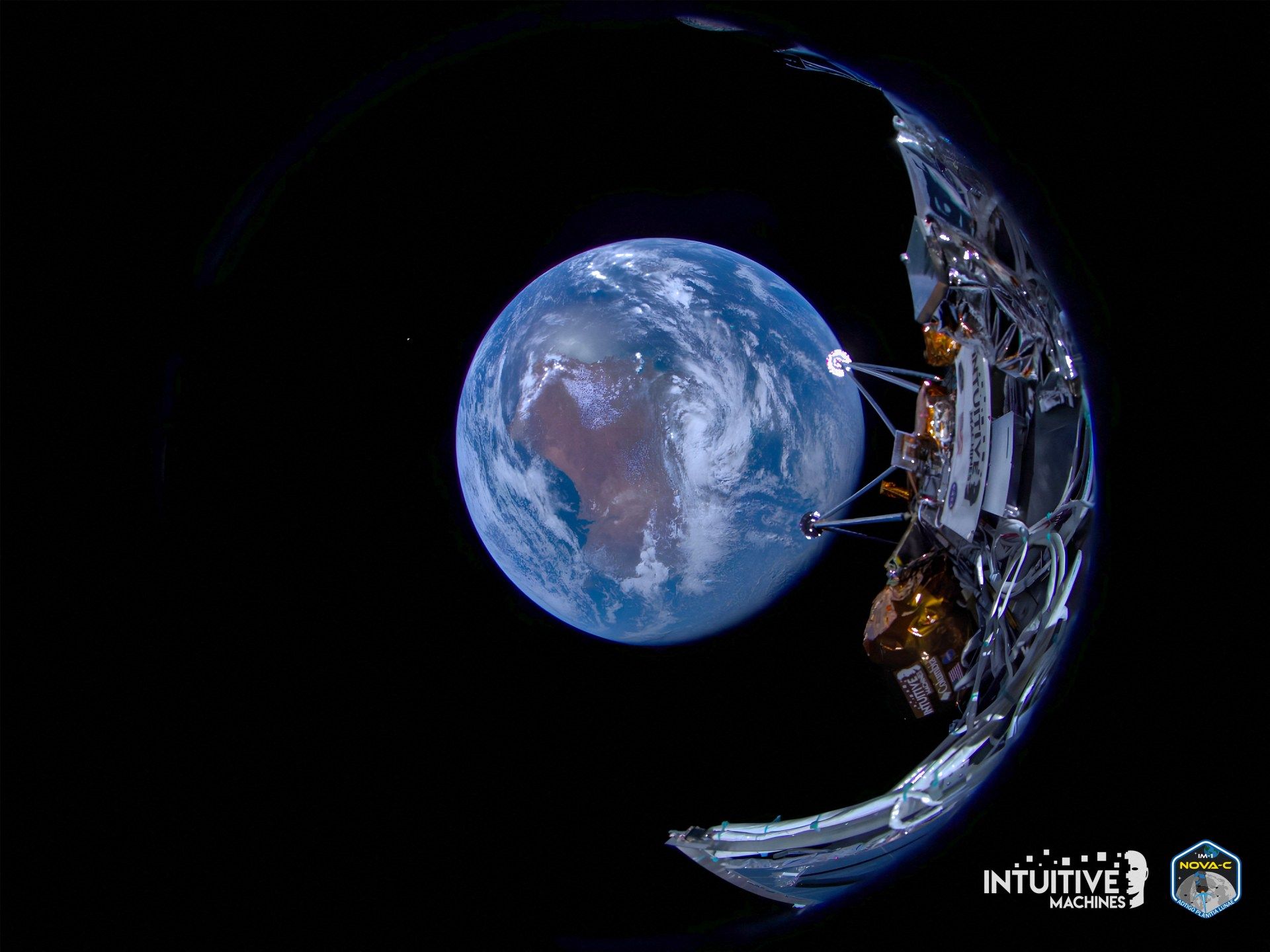Odysseus is the first spacecraft built by a private company to land on the lunar surface.
The United States made its first moon landing in more than half a century with a spacecraft built and operated by a private company based in Texas.
Odysseus, an unmanned robotic lander built by Houston-based Intuitive Machines with funding from NASA, touched down near the lunar south pole around 11:23 p.m. GMT, the company announced in a webcast Thursday.
The successful landing followed a tense final descent during which flight controllers had to switch to an untested landing system after a problem arose with the spacecraft's autonomous navigation system.
NASA Administrator Bill Nelson described the landing as a “triumph for humanity” and a “new adventure in science, innovation, and American leadership in space.”
“Today, for the first time in half a century, the United States has returned to the Moon,” Nelson said in a video posted on social media.
“Today, for the first time in human history, a commercial company, an American company, launched and led the journey there. And today is a day that shows the power and promise of NASA commercial partnerships.”
Today, for the first time in half a century, the United States has returned to the Moon 🇺🇸.
On the eighth day of a quarter-million-mile journey, @Int_Machines He made the landing of his life.
What a feat for IM, @SpaceX & @POT.
What a triumph for humanity!
Odysseus has taken the Moon. pic.twitter.com/JwtCQmMS2K
-Bill Nelson (@SenBillNelson) February 23, 2024
Intuitive Machines' mission, the first successful moon landing by a private company, follows a failed bid by Pittsburgh-based Astrobotic Technology last month that ended with its lander crashing to Earth.
The last time an American spacecraft landed on the Moon was in 1972, when Apollo 17 brought astronauts Gene Cernan and Harrison Schmitt to the lunar surface.
Only four countries, apart from the United States, have managed to land on the moon.
Last month, Japan became the fifth country to achieve the feat when it landed its spacecraft called “Moon Sniper” on the lunar surface, following in the footsteps of the former Soviet Union, China and India.
Odysseus launched from Florida on February 15 on a SpaceX Falcon 9 rocket.
The hexagonal-shaped craft carried NASA scientific instruments, including cameras and a device for analyzing clouds of charged dust particles, and cargo shipped on behalf of private clients, including the latest insulating jacket fabric produced by Columbia Sportswear.
Solar-powered Odysseus is expected to operate for a week on the moon's surface before lunar night renders the lander inoperable.












